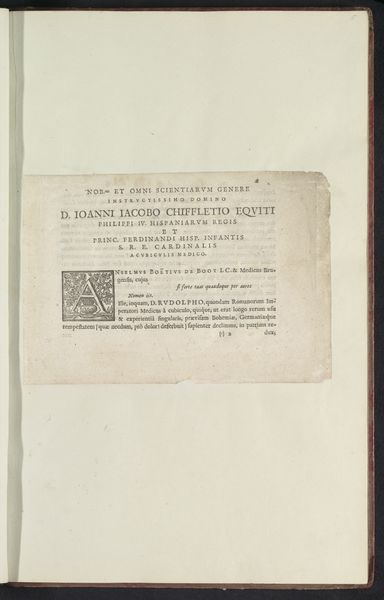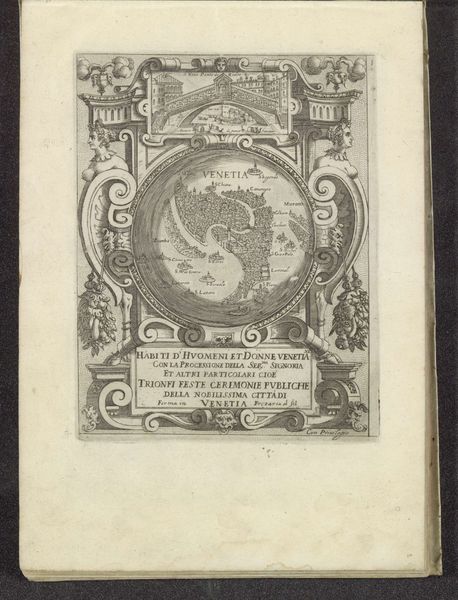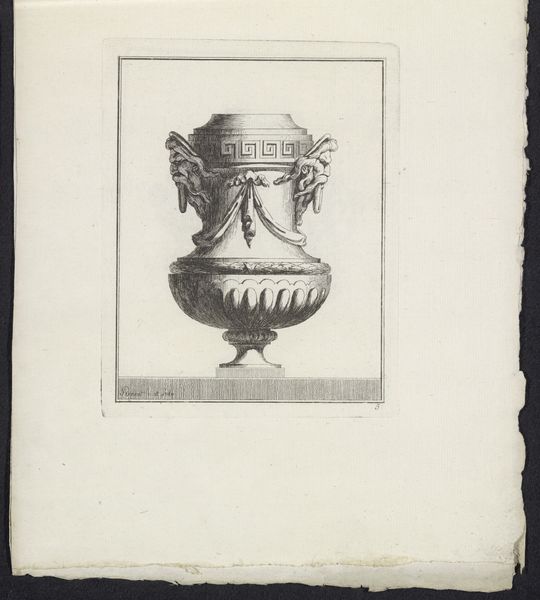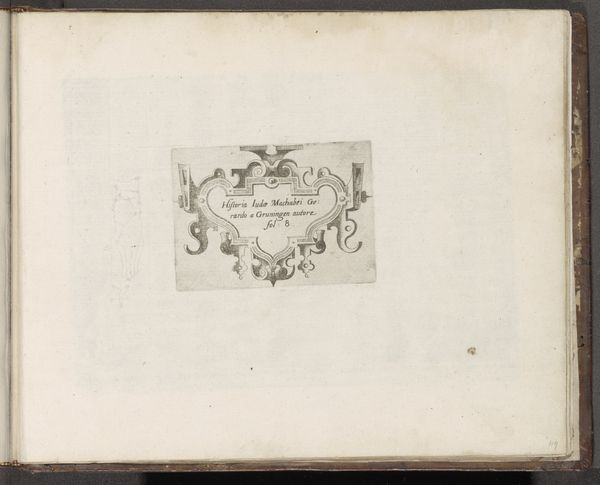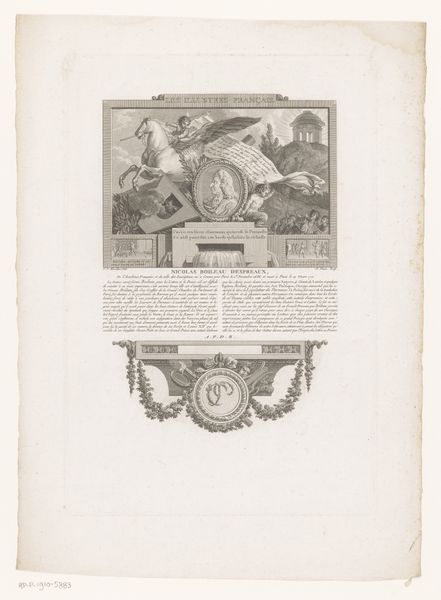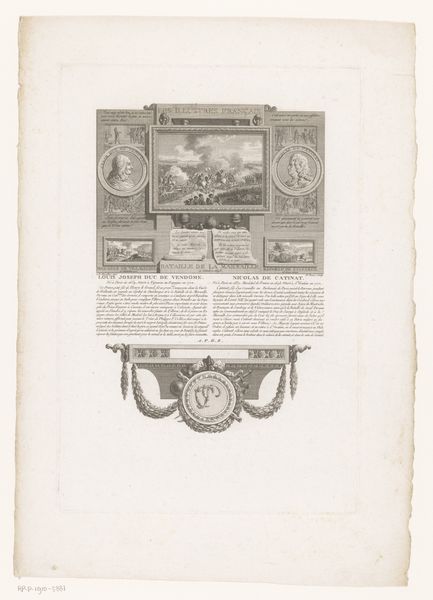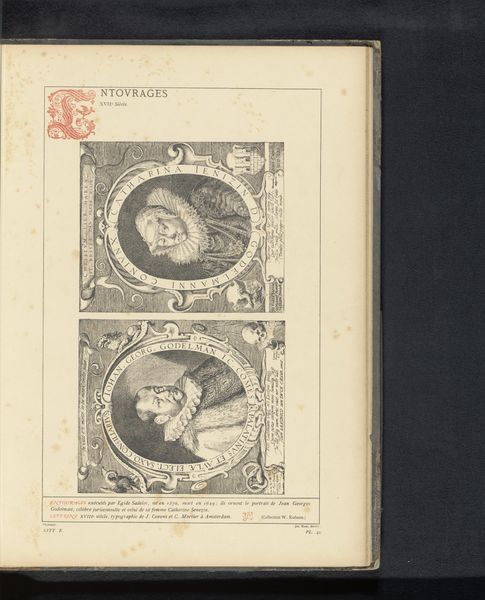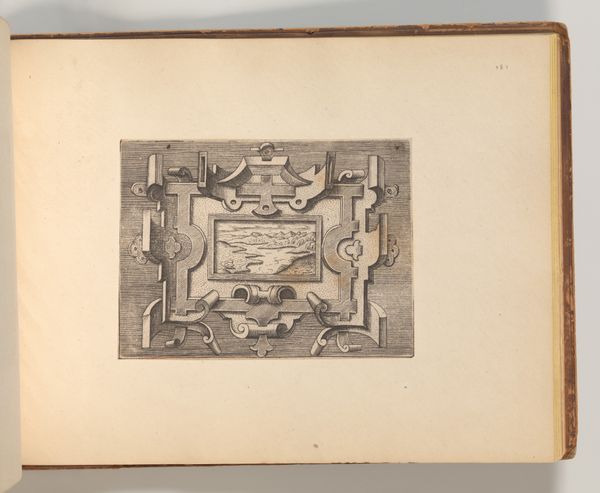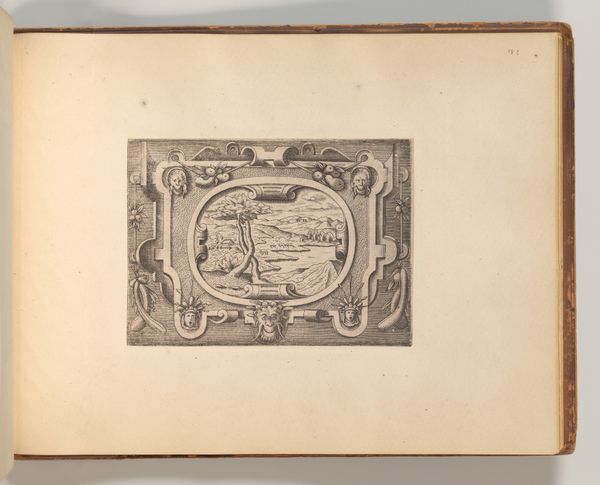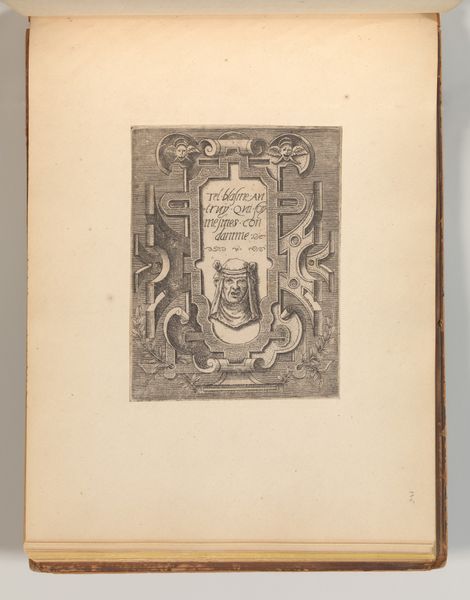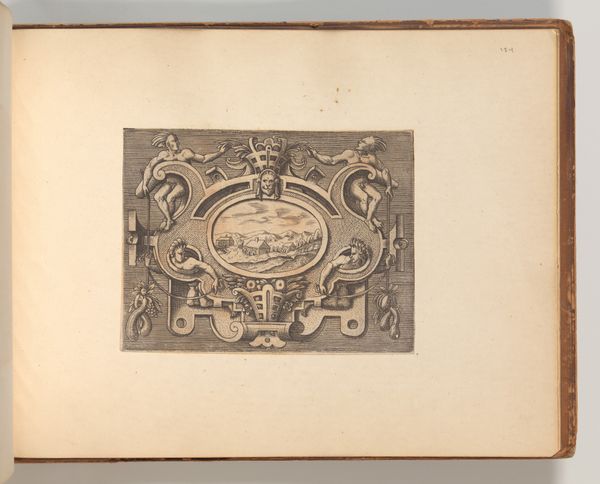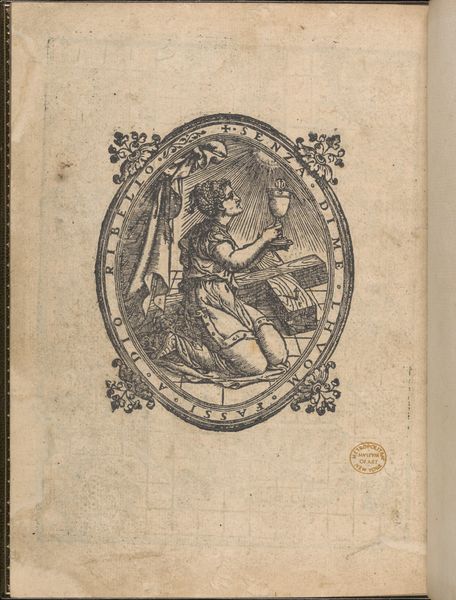
Dimensions: height 171 mm, width 137 mm
Copyright: Rijks Museum: Open Domain
Editor: We’re looking at “Vaas in nis,” or “Vase in Niche,” a print made with engraving sometime between 1755 and 1768 by L.N. Percenet, currently held at the Rijksmuseum. It feels like such a formal, staged presentation. What stories do you think a piece like this tells? Curator: Well, it whispers to me of a world obsessed with elegance, control, and a particular vision of beauty. It's not just about the vase; it's about the presentation, the perfect placement, the idealized form. Look at the shadows. Do they convince you or feel unnatural? To me, they have an air of theatre... perhaps too posed. Editor: It does seem deliberate. All that to immortalize... a vase! Why? Curator: Because a vase wasn’t *just* a vase then. It was a symbol! Think of the Baroque period's love for grandeur and detail; a vase, perfectly rendered, became a stand-in for status, taste, and perhaps even the fleeting nature of beauty itself. Almost an attempt to make something timeless through art, while being entirely ephemeral in reality. Editor: So it's about more than just decoration; it's communicating something deeper about the owner, the artist, or even society itself? Curator: Exactly. It's a fragment, but one that reflects a whole world. Do you find yourself drawn into that world or repelled by its rigid conventions? Editor: I think I'm starting to appreciate the layers hidden in something that, at first glance, seemed so simple. It's a fascinating paradox. Curator: Isn’t it? Art often dances in those contradictions, inviting us to look beyond the surface and question what we think we see. In truth, what looks deadpan and straightforward often needs an act of personal grace to open the doors.
Comments
No comments
Be the first to comment and join the conversation on the ultimate creative platform.
